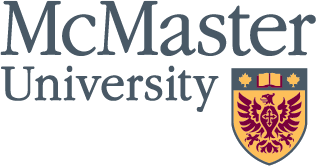December 6, 2001
posted on Dec. 6: Exploring links between learning, technology
Read More
 Share
Share
SHARE WITH YOUR FRIENDS
Pick one or more destinations:
0
0
0
×
December 6, 2001
posted on Dec. 6: Exiles conference explored issues surrounding displaced individuals
Read More
 Share
Share
SHARE WITH YOUR FRIENDS
Pick one or more destinations:
0
0
0
×
December 5, 2001
posted on Dec. 5: Computer users should be wary of unexpected e-mail
Read More
 Share
Share
SHARE WITH YOUR FRIENDS
Pick one or more destinations:
0
0
0
×
December 5, 2001
posted on Dec. 5: Committee developing core competencies for McMaster managers
Read More
 Share
Share
SHARE WITH YOUR FRIENDS
Pick one or more destinations:
0
0
0
×
December 4, 2001
posted on Dec. 4: 2001 Service Recognition Awards
Read More
 Share
Share
SHARE WITH YOUR FRIENDS
Pick one or more destinations:
0
0
0
×

